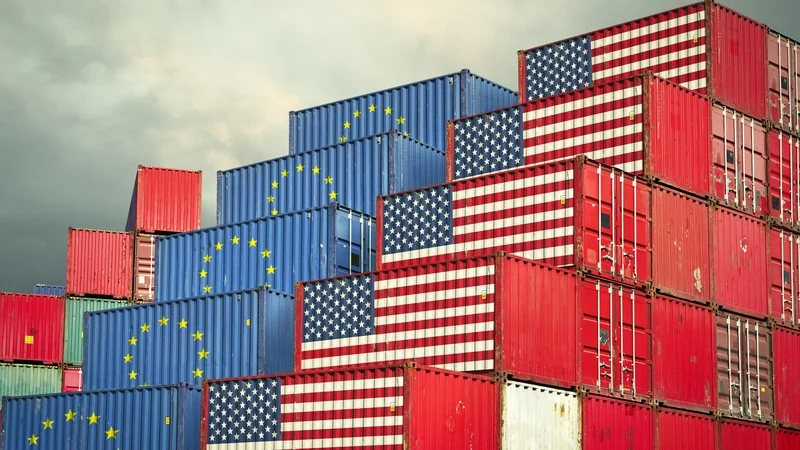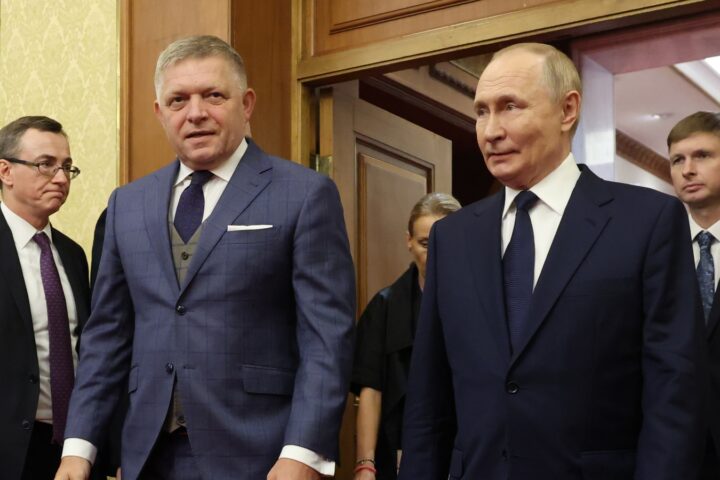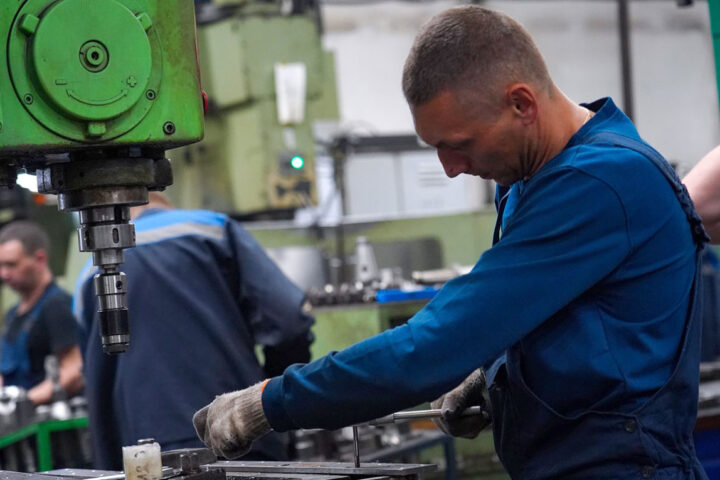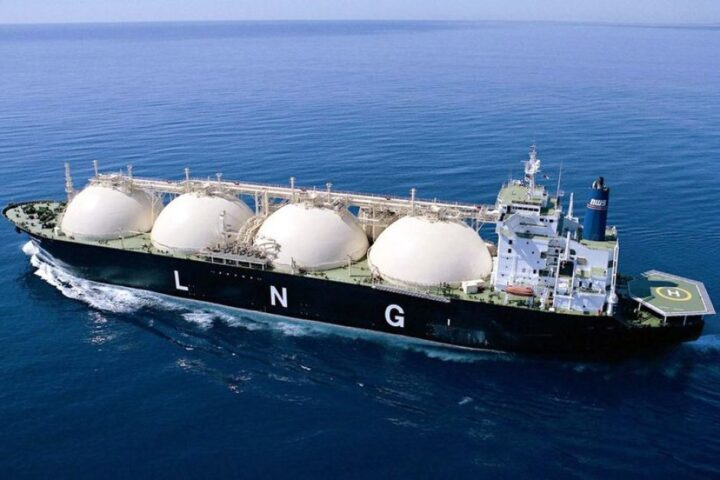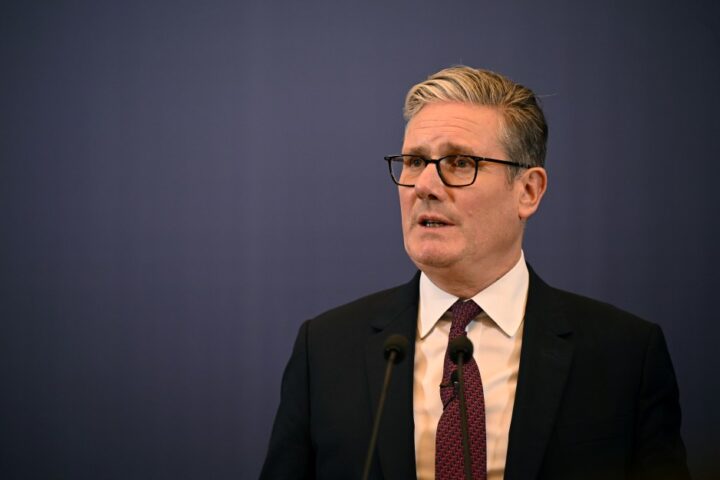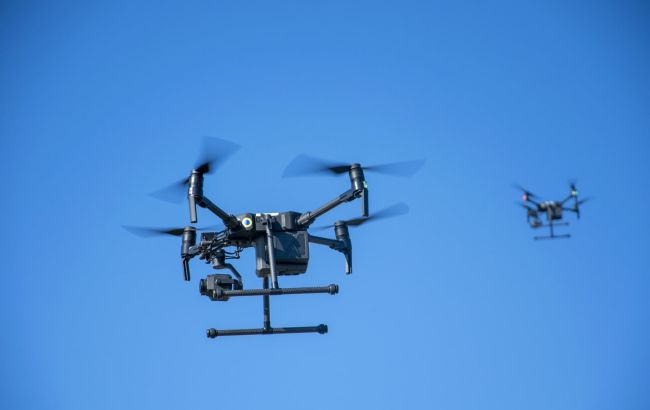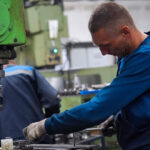US President Donald Trump re-escalated his trade threats, targeting both imports from the entire European Union and smartphone giant Apple, sending the global market roiling after weeks of de-escalation had provided some reprieve.
Mr Trump said he would recommend a 50% tariff on the European Union to begin on 1 June, which would result in stiff levies on luxury items, pharmaceuticals and other goods produced by European manufacturers.
In a post on his Truth Social platform, Mr Trump said: “The European Union, which was formed for the primary purpose of taking advantage of the United States on TRADE, has been very difficult to deal with.
Our discussions with them are going nowhere!”
The EU Commission declined to comment on Mr Trump’s recommendation, saying it would wait until for a phone call between EU trade chief Maroš Šefčovič and his US counterpart Jamieson Greer to take place at 4pm Irish time.
European stock markets tumbled following Mr Trump’s social media post.
The Paris CAC 40 index of blue-chip stocks was down 2.8% at around 1.08pm, while the Frankfurt DAX fell 2.5%.
The US President also threatened to impose a 25% tariff on Apple for any iPhones sold, but not manufactured, in the United States.
More than 60 million phones are sold in the United States annually, but the country has no smartphone manufacturing.
Markets dropped on the news. S&P 500 futures lost 1.5% in premarket activity and the Eurostoxx 600 fell 2%. Shares of Apple fell 3.5% in premarket trading, along with shares of other technology bellwethers.
Mr Trump did not give a time frame for his warning to Apple.
“I have long ago informed Tim Cook of Apple that I expect their iPhones that will be sold in the United States of America will be manufactured and built in the United States, not India, or anyplace else,” Mr Trump said in a post on Truth Social.
“If that is not the case, a Tariff of at least 25% must be paid by Apple to the U.S.”
The White House has been in negotiations with numerous countries over trade issues, but progress has been unsteady.
Mr Trump’s aggressive tariffs in April, which would have raised the rate consumers and businesses would have to pay for imported goods by roughly 25%, sparked a selloff in US assets, including stocks, the dollar and Treasury bonds. Markets have since rebounded.

It is not clear if Mr Trump can levy a tariff on an individual company.
After Mr Trump’s levies on China rose to more than 100% in early April, the White House backed off due to market turmoil, granting exclusions from steep tariffs on smartphones and some other electronics imported largely from China, in a break for Apple and other tech firms that rely on imported products.
Apple aims to make most of its iPhones sold in the United States at factories in India by the end of 2026, and is speeding up those plans to navigate potentially higher tariffs in China, its main manufacturing base, a source told Reuters.
Apple is positioning India as an alternative manufacturing base amid Mr Trump’s tariffs on China that have raised supply-chain concerns and fears of higher iPhone prices, Reuters reported last month.
The iPhone maker said most of its smartphones sold in the United States would originate from India in the June quarter.
